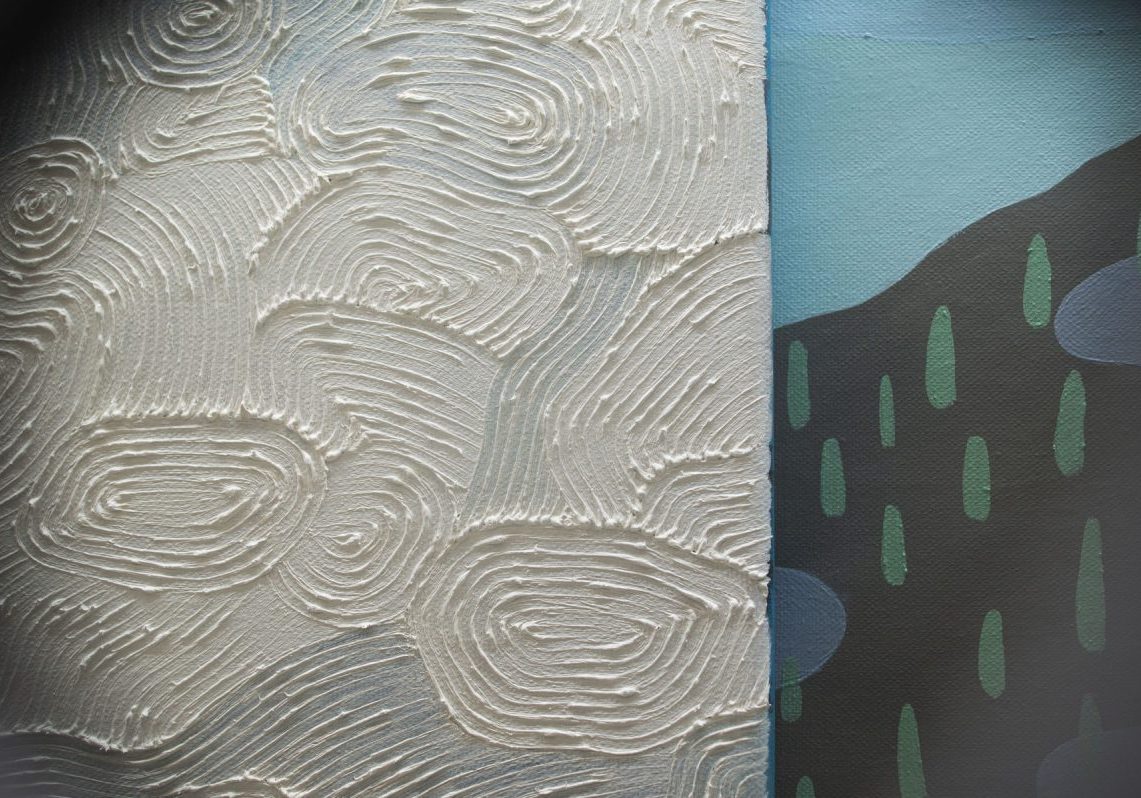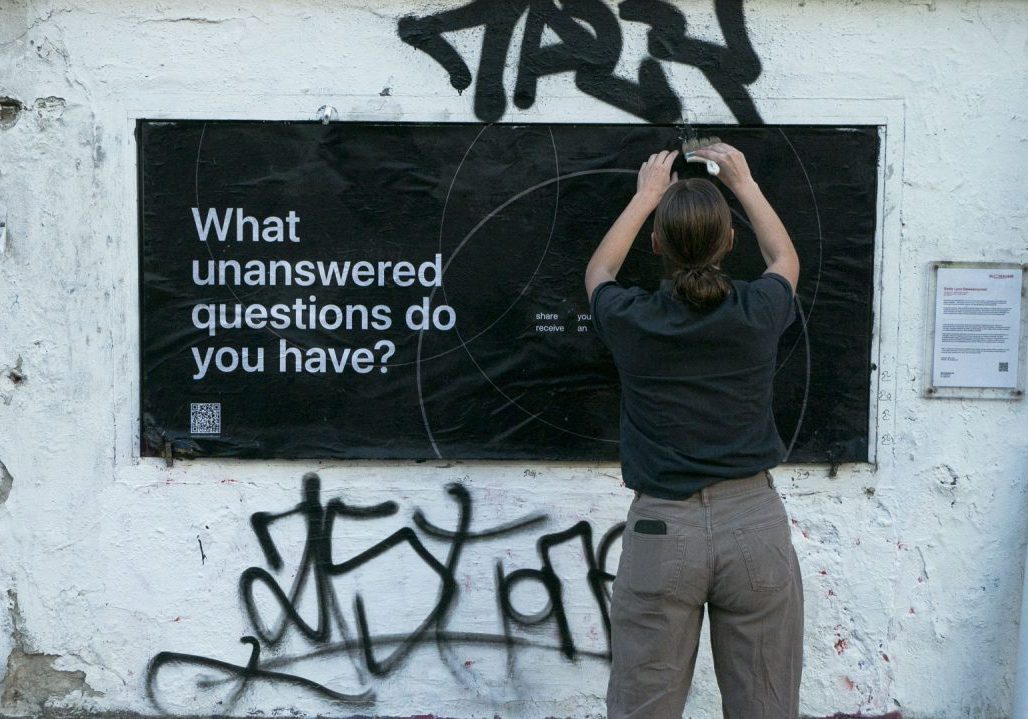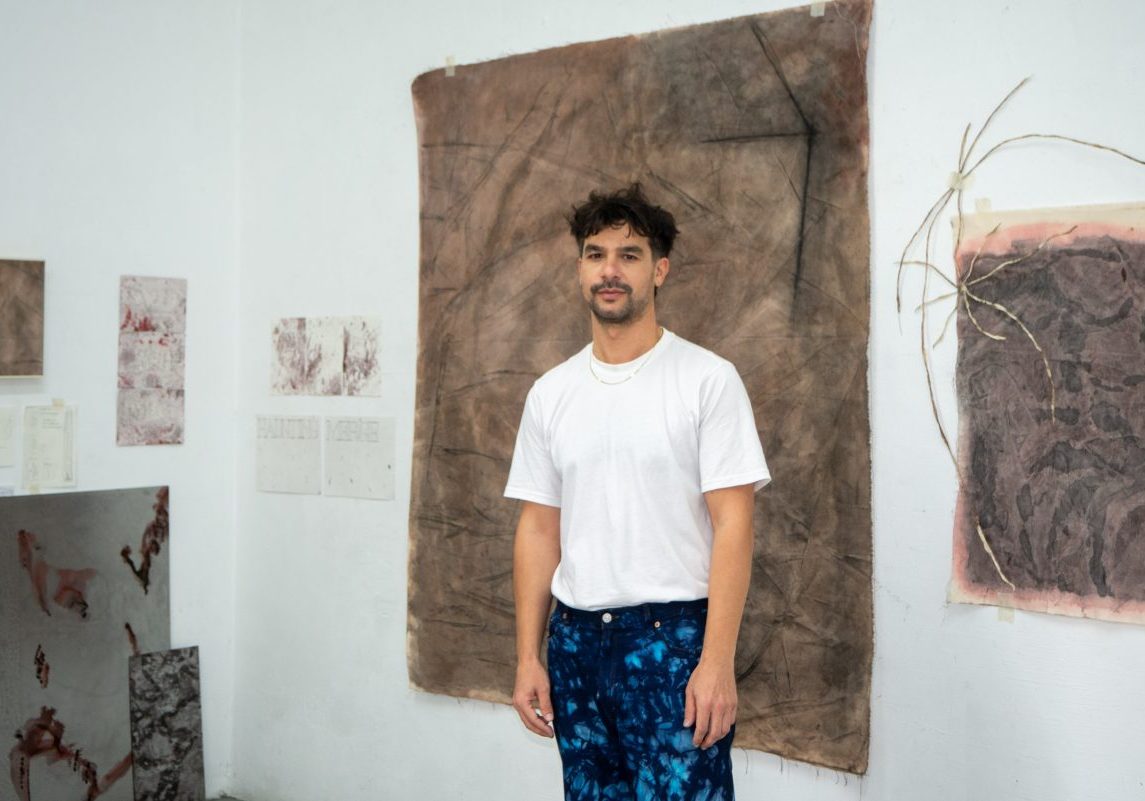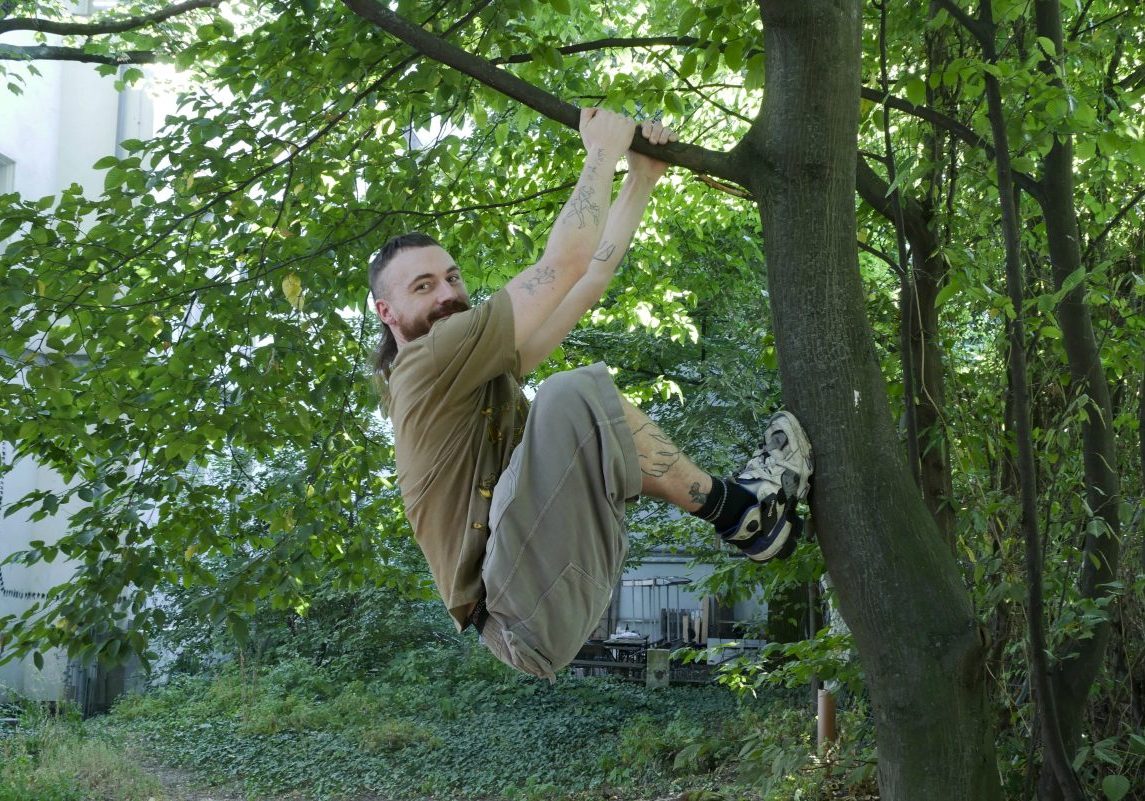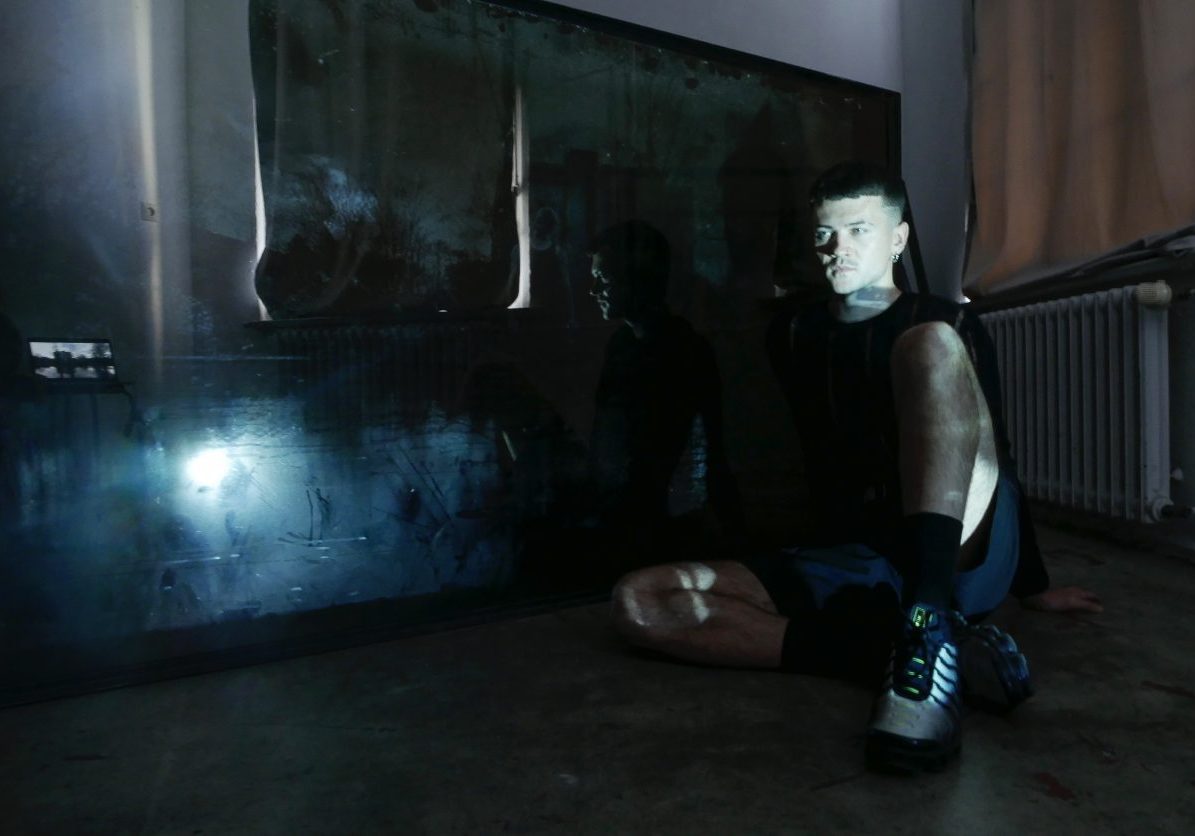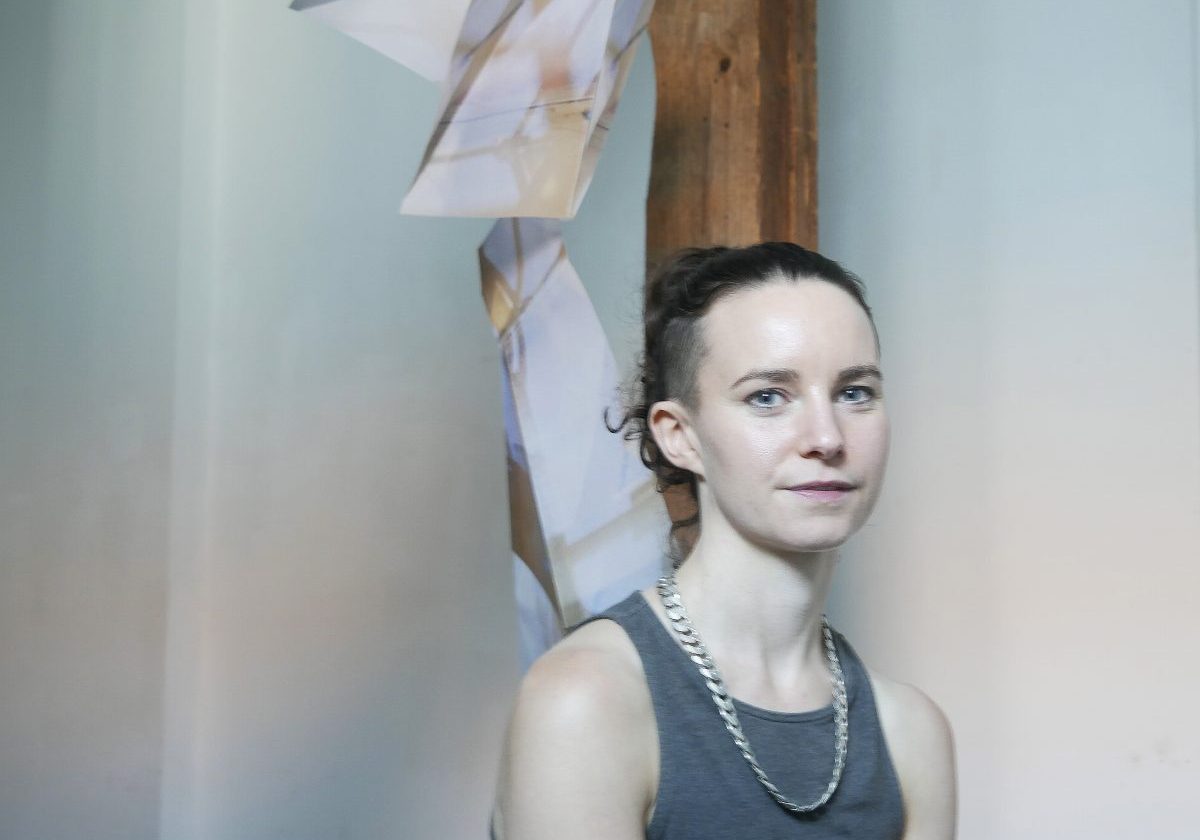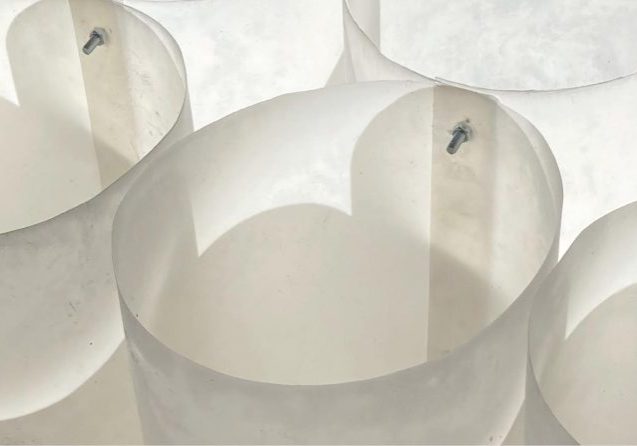Thale Blix Fastvold & Locus
Vernissage:
Friday, 16th of February – 6pm – 9pm
Opening hours:
Saturday, 17th of February – 12am – 4pm
Sunday, 18th of February – 12am – 4pm
Performance by LOCUS:
Saturday, 17th of February – 2pm
Exhibition with premiere screening of the new film IGNIS – a pyrofeminist spell for transformative change in history and the futures by Thale Blix Fastvold (2024), and performance and installation by Oslo-based duo Locus / Thale Blix Fastvold & Tanja Thorjussen.
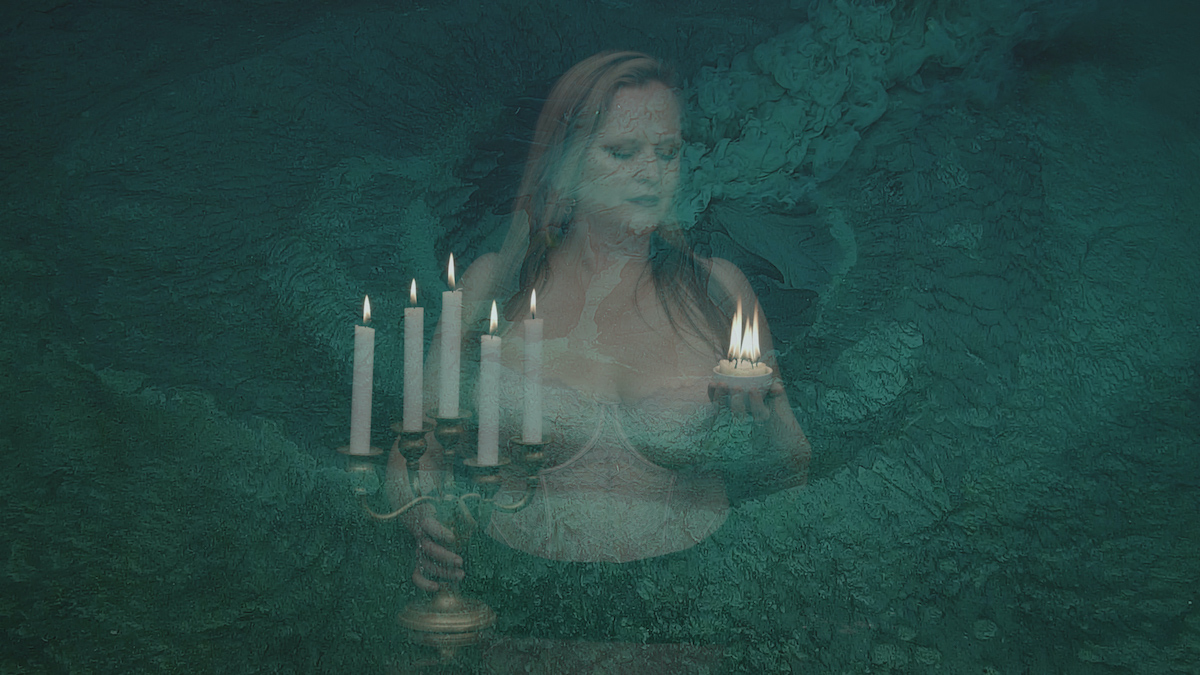
IGNIS (2024) still photo and cinematography: Marius Captare
IGNIS – a pyrofeminist spell for transformative change in history and the futures is an experimental film by Norwegian artist Thale Blix Fastvold. The film is shot in Norway, California, Italy and Azerbaijan and includes footage of an underwater mud volcano by Professor Giuliana Panieri, and the Yanardag Eternal Fire from researcher Adriano Mazzini. The music is composed by Therese Strasser, with sound design by Philipp Nespital.
Exhibition text by Àngels Miralda
“His face was so aflame that he appeared to be one of the highest rank of angels, who seem to be all on fire… In his hands I saw a great golden spear, and at the iron tip there appeared to be a point of fire. This, he plunged into my heart several times so that it penetrated to my entrails. When he pulled it out, I felt that he took them with it, and left me utterly consumed by the great love of God.” – St. Teresa of Ávila
Described by Rosi Braidotti as one of the “transgressive and iconoclastic female saints,” Saint Teresa’s spiritual ecstasy connects fire and flame to God through a uniquely female spirituality. A cherubim’s holy spear connects the body with the fire of God, as Teresa is plunged into one of her spiritual illuminations. Her writings were a political force for reform of the Catholic church which had previously deemed women as spiritually inferior, incapable of closeness to God.
Bernini’s The Ecstasy of St. Teresa flashes up in the film Thale Blix Fastvold’s Ignis (2024). The scene may appear at odds with the otherwise natural and quotidian setting of the film, yet the Baroque aesthetic of gold and marble speaks to the materiality of God. Teresa’s expressive features and the motion of the cherubim’s lance dance between material and mental states. Distant landscapes intrude into the scene from far-flung lands that exist in a connective state. From the church to the land as a temple, the element of fire pierces to the heart of being. Brown grass simmers on dry earth, flames engulf the world, while women peel and cut vegetables plucked from the earth. An incarnated goddess of fire holds flickering candles by her body – an element that symbolises the constant balance between chaos and control.
According to myth, Prometheus stole fire from the Gods – but it was Hestia who guarded its power. Goddess of the hearth and priestess of all sacrifices, the flesh and the earth are the vessels for spiritual attainment. When controlled, fire produces sustenance and care, yet a fire can also rage within. Accused for centuries of hysteria and witchery, fire has been not only the everyday life of women, their rapture and ecstasy, but also their final suffering on the pyre. Around 50,000 women were accused and executed in Europe during the pre-modern age – 25,000 of these were in Germany.
Thale Blix Fastvold’s Ignis (2024) introduces the concept of Pyrofeminism – coined to describe the notion of the feminine connection to fire – one of the four classical elements of the material world. In 2014, feminist theorist Astrida Neimanis coined the term Hydrofeminism which embroiled feminist theory with the non-human considering that our bodies are materially mostly water. This theory proposed a radical collectivity of bodies in which we flow through each other and the world without defined boundaries. In the age of the Pyrocene in which forests are engulfed by flames on our ever-warming planet, in which petro-capitalism survives off of the desperate search for combustion, in which water shortages crack earth and melt reserves of flammable gas, pyrofeminism relinquishes the fire to mother earth as an untameable creator and force of reckoning. From the soft flashes of fireflies, to coarse eruptions, fire creates and destroys, feeds and mutilates, erupts, cleans and pulverises everything in its wake.
Thale Blix Fastvold’s everyday rituals position women in formidable communion with the power of the land. Rather than an essentialist position, it is the social marginalisation of women within capitalist and nationalist structures that have maintained pre-existing resistance. As Silvia Federici writes in Witches, Witch-hunting, and Women (2018), the persecution of women in the European middle age was synonymous with the new construction of capitalism and the creation of the proletariat. Capitalist social structures originally left women outside of the labour structure by relegating their work to the unremunerated areas of housework, care, and reproduction. As women were slowly brought in to the labour market, they were doubly exploited – once through wage labour, and the other through necessary housework. The threat of womens work was in its collaborative nature and community-oriented non-capitalist form of value and care.
The modern world created a direct and unconcealed “dominion of capital” destroying commons and work as cohabitation with the land. Equating value to wages, work was stripped of its complex network that extends not only through the family unit, but to society at large and the planet. The world, stripped of mysticism through the values of the enlightenment combined with patriarchal societies, positioned women in the realm of the irrational and female desire for emotionality. It was the commons and domestic work that cared for wider communities, but through “the destruction of small-scale and domestic industries (capitalism) destroys the last resorts of the ‘redundant population’, thereby removing what was previously a safety-value for the whole social mechanism.” It is parallel with the destruction of the soil, seeking maximum profit without long-term renewal – bringing to fruition an inhospitable and barren earth, an epoch of the pyrocene. As the fire emerges – blossoming – from the depths of a burning pot, a premonition for the future rings out in a spoken spell.
Look into the fire
Look into the fire
Look into the fire
We’re rewriting herstories, theirstories, ourstories
Creating new futures
for the pyrocene
Thale Blix Fastvold (b. 1978, Norway) is a visual artist working primarily with photography, film and performance art. Thematically within the frameworks of ecofeminism, inter-species-collaborations and the more-than-human intelligence, she works with artistic research as a respons to, and a way to add focus on current ecological challenges. She believes collaborations, communication and speculative storytelling is essential to envision new and more sustainable futures. Her work has been shown widely in Norway and internationally in exhibitions and film festivals, and her artist book Ghost of M was launched at the 57th Venice biennale at the National Pavilion of Bosnia and Herzegovina.
LOCUS est. 2006 by artists Thale Blix Fastvold and Tanja Thorjussen, is based in Oslo, Norway and works from an ecofeminist perspective with performance, time, long term collaborative projects with the more-than-human cohabitors of the earth like rivers, trees, corals and pollinators, and public art. Recent projects include River Sisters performance and lecture at Groundworks Gallery, Kings Lynn, UK, and ASWM Syracuse, US, Gilded Trees performance at SKOG (Forest) exhibition at Spriten Kunsthall in Skien, NO, Prague Bienniale Project Re-connect Art, and Locus pollinator sanctuary – Dagny Juel’s Garden at The Museum of Women Kvinnemuseet in Norway.

